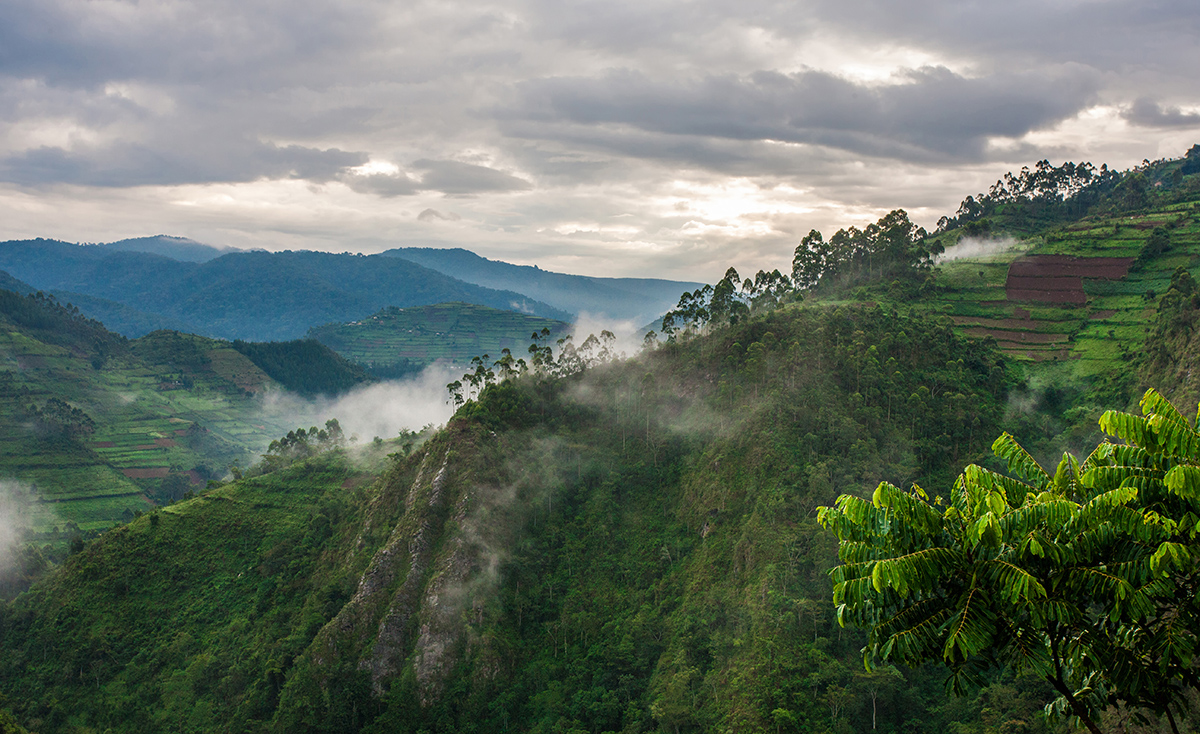
The Bwindi Impenetrable Forest National Park, Uganda
Expeditions to the remote and barely explored corners of the planet are not for everybody, but with the help of luxury travel company Abercrombie & Kent, destinations previously considered inaccessible to the tourist are now, at a price, within reach. From the altitude of Everest’s Base Camp to the depths of the Danakil Depression, their Inspiring Expeditions will bring out your inner adventurer. James Parry meets A&K founder Geoffrey Kent to find out where on earth they are going next
Abercrombie & Kent’s founder and CEO Geoffrey Kent knows a thing or two about adventure travel. Born while his parents were on safari in Northern Rhodesia (now Zambia), he grew up “running wild on the family farm” in Kenya and remembers once asking his father, Colonel John Kent of the King’s African Rifles, where they were next going on holiday. “Somewhere we can’t drink the water,” came the laconic reply. No surprises then, that at the age of 16, Kent set off solo from Kenya on an overland trip to South Africa. “Travel is in my genes,” he admits, “and I can’t imagine not wanting to get out there and explore new places.”
Through Abercrombie & Kent (A&K), Kent has pioneered luxury adventure travel and has been instrumental in developing the much newer concept of ‘thrillionaire travel’, tailored for adventurous ultra-high net-worth individuals. Using private charter jets and other exclusive modes of transport from helicopters and snow mobiles to hot-air balloons and luxury yachts, A&K’s Inspiring Expeditions offer the super- rich unprecedented access to destinations that most people have never even heard of. Kent leads each expedition himself. “By utilising our ground-breaking network and contacts within the highest echelons of government – from tourism ministers and presidents to prime ministers and kings – we are able to make these adventures a reality,” he explains.
Follow LUX on Instagram: the.official.lux.magazine
The Inspiring Expeditions are bespoke, one-off trips of a lifetime. They take place worldwide and, while ranging widely in terms of what they offer, are united by core common elements – a sense of exclusivity and privileged access, plus the highest standards of everything. Even in the remotest locations, no effort is spared to cater for the whims of the most particular of guests, with everything from a Michelin-starred chef to a deluxe espresso machine flown in if required. The objective is to provide all the ingredients for a luxuriously thrilling experience.
But Kent sees such expeditions as providing more than a simple adrenalin rush in comfort. “Visiting remote destinations on itineraries designed for the individuals involved can help prompt an inner exploration of the traveller’s true self,” he explains. And those travellers are clearly relishing the experiences on offer. “We are still basking in the afterglow of another splendid adventure,” enthused one recently returned client. “We so enjoyed the varieties of destinations, food and culture, and as always, the team was sensational – competent, knowledgeable, patient and loads of fun.”
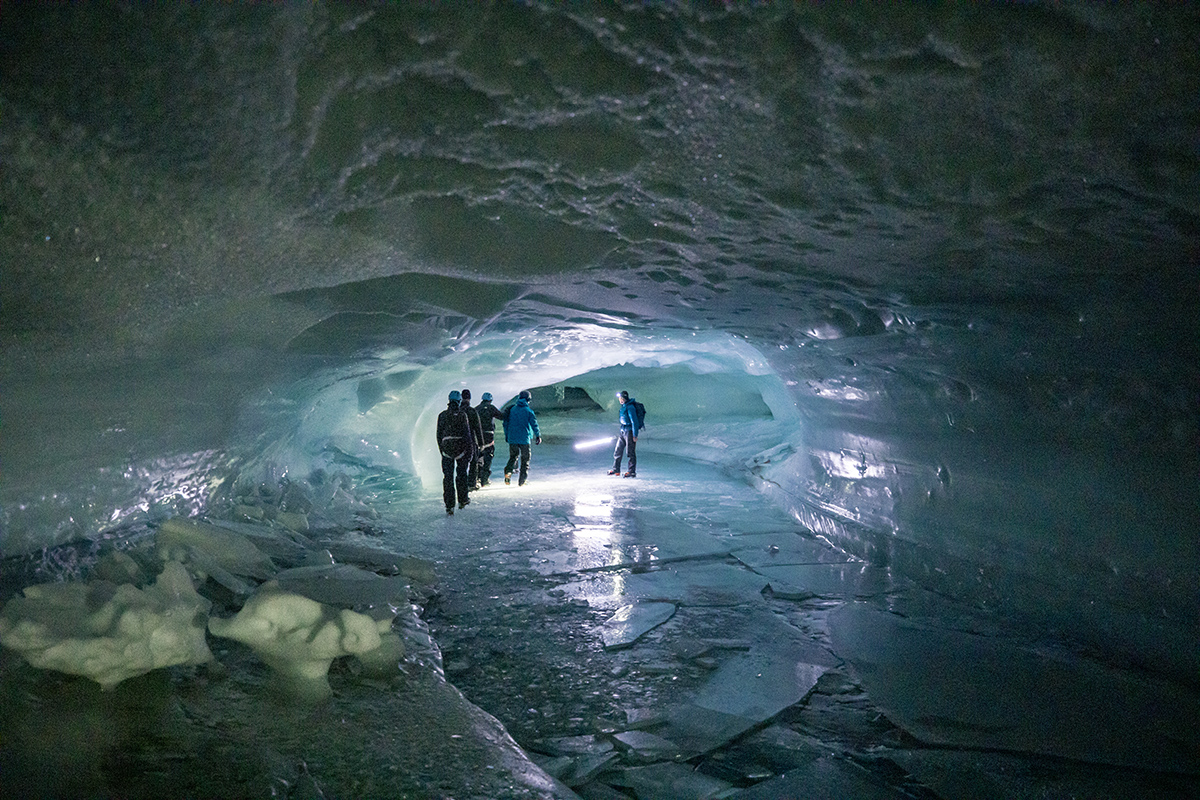
Exploring an ice tunnel in the Antarctic

Geoffrey Kent of Abercrombie & Kent at the South Pole
Meanwhile, the expeditions can pay dividends for local people, too. Back in the mid- 1980s, shortly after the creation of Abercrombie & Kent Philanthropy (AKP), set up to help positively impact the communities where A&K guests travel, Kent met with General Museveni of Uganda, who later became president of the country. Their conversation focused on how best to protect the country’s endangered mountain gorillas and benefit the local Batwa people with whom the great apes shared their forest home. As a direct result, A&K established the first luxury camp in the Bwindi Impenetrable Forest.
More than 30 years later, the camp is still there and AKP has also established a community hospital, a 112-bed facility providing care for 40,000 patients annually, a nursing school to train health-care providers, and a bicycle enterprise to help empower local women. “I’m exceedingly proud of what we have achieved there,” says Kent.

The view from the Abuna Yemata Guh church in northern Ethiopia
All the itineraries feature destinations chosen for being on the “road less travelled”, and which explore facets of a country or culture that may not be apparent or accessible. An upcoming expedition to Ethiopia will see A&K guests led well away from the usual tourist trail to unique places like the Omo Valley, celebrated among anthropologists as the home of a fascinating spectrum of tribal communities, some of which have little exposure to outsiders, or to the rock- hewn cliff-top churches such as Abuna Yemata Guh near Hawzen in the north of the country.
Also in the north of the country is the salt- encrusted Danakil Depression, at 125 metres below sea level one of the lowest – and hottest – points on the planet. The intrepid explorer Wilfred Thesiger passed this way in 1930 and today’s travellers can contemplate a scene barely changed from his day. The Danakil is also known as the ‘Cradle of Mankind’, where the remains of 3.2-million-year-old Lucy, the oldest known hominid fossil, were discovered in 1974. Her skeleton is now in the National Museum of Ethiopia in Addis Ababa, and the thrillionaires will be given exclusive access to see it.

Base Camp on Mount Everest
Insights into the local culture are an important component of the expeditions and never more so than in a country like Bhutan, the ‘Land of the Thunder Dragon’ and visited on a previous expedition by Kent and his guests. The Himalayan kingdom was virtually closed to outsiders until relatively recently, and maintains a proud Buddhist culture as well as the many architectural masterpieces. Ancient and ornate dzongs, or fortress-monasteries, festooned with prayer flags and often perched in precipitous locations, dot the landscape.
Bhutan is unique in having a Gross National Happiness index, set up by the country’s king in 1972 as being more important than the conventional Gross National Product. A&K clients were able to attend a private meeting with government delegates to learn about how the psychological and spiritual well-being of the Bhutanese people has remained their nation’s guiding principle and how they set a benchmark that other countries might do well to follow.

The Taktsang Pulphug Monastery in Bhutan
Neighbouring Nepal receives many more overseas visitors than Bhutan, but very few of them are able to experience one of the exclusive highlights afforded to the guests on that particular thrillionaire expedition: a visit to the renowned and iconic Mount Everest Base Camp. A helicopter whisked the lucky few from the capital Kathmandu over some of the main peaks and glaciers of the Himalaya range for a bird’s-eye view of the world’s greatest mountain range before descending to the very spot where mountaineering history has been made.
Read more: Maryam Eisler’s Icelandic photography series
Another previous expedition saw thrillionaires diving from sumptuous super-yachts into the pristine waters of Palau in Micronesia. Often dubbed the ‘underwater Serengeti’, the seas around this archipelago of forested volcanic islands support a unique ecosystem defined by several hundred different types of coral and with more than 1,500 species of fish to swim with and marvel at.
But for those seeking some serious party time, then the smart advice is to join Kent on his Rio de Janeiro carnival expedition early next year. “Nothing beats Rio for sheer energy and that inimitable samba vibe,” he says. A&K guests will enjoy VIP access to the world’s most famous carnival, including a ringside seat at the main parade and the opportunity to don a suitably extravagant costume and join the throngs of other dancers and revellers at the Copacabana Palace ball. There will also be private dinners with Rio’s glitterati and the chance to relax on a luxury private yacht after all that partying.

The island of Peleliu in Palau, Micronesia
Every itinerary is meticulously researched and trialled by A&K in advance. As part of an expedition to Antarctica earlier this year (and which will take place again in 2020), clients were invited to submit suggestions for the naming of a previously unclimbed peak in the Drygalski Mountains that they would be tackling during the expedition. Careful scrutiny of maps and aerial photos led to the identification of several unnamed peaks potentially suitable for an ascent by non-professional climbers, but these needed to be checked out. Travelling solo, on foot and with all his gear on his back, a member of the A&K team spent several days camping in the foothills before determining which was the most suitable peak, as well as identifying a nearby glacier where the guests’ plane could land. It was exhaustive and essential planning that paid off handsomely when the eight clients, under the guidance of master mountaineer Marko Prezelj, safely scaled the peak that they had earned the right to call Mount Inspiring.
Meanwhile, there’s even the option of going on a round-the-world wildlife safari by private jet, lasting 25 days and spanning three continents, in a quest to spot giant pandas, tigers, mountain gorillas and lions. The price might not suit everyone, but that’s not the point. These are special tours for special individuals.
So, where next for A&K’s Inspiring Expeditions? Perhaps a mission to the Moon, or even Mars? No, at least not yet. Kent has discounted space travel as too unsafe right now, but he has other destinations up his sleeve. “I can’t deny that the world is well-travelled and that it takes innovative thinking to find new destinations,” he admits, “but there are still unexplored spots.” Among these he has his seasoned eye firmly on Gabon, a country in equatorial Africa that has placed an impressive 11% of its land area under national park protection. There are elephants, buffalo and lowland gorillas to go in search of in the virgin rainforest, as well as dramatic waterfalls and stunning beaches. “I remember seeing a group of elephants swimming off the beach with their trunks raised out of the water like snorkels,” laughs Kent. With sights like that to behold, is anyone up for a trip to Gabon?
Find out more: abercrombiekent.co.uk
This article was originally published in the Summer 19 Issue.





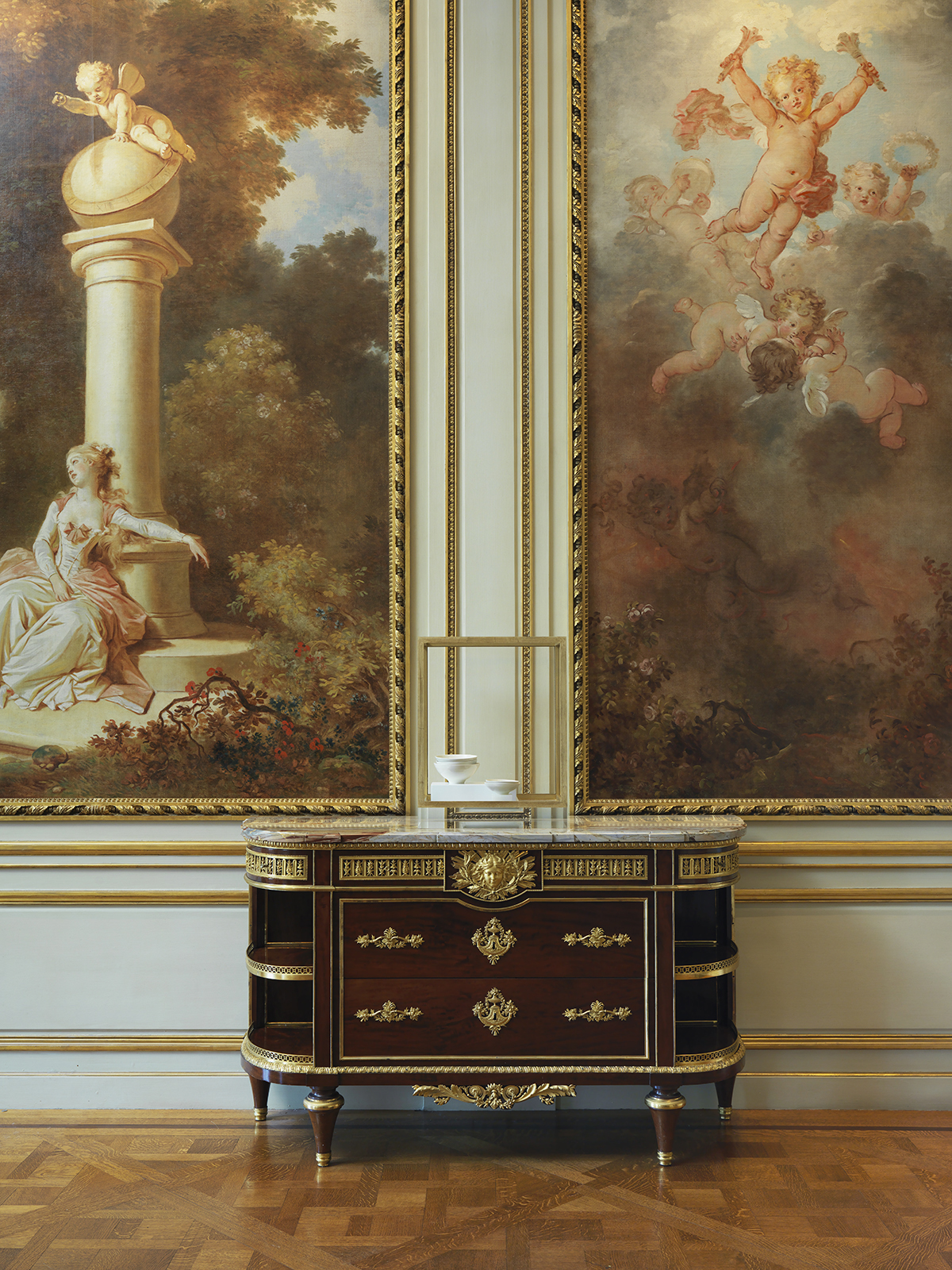




 Given this, it’s little wonder that the number of participants has tripled since the Rallye’s inception, with 90 teams taking part last year, more than half of which were first-time entrants. “I wanted to show that women liked to be behind the wheel of beautiful cars and experience a competition full of challenges,” says Zaniroli of the inspiration behind the event. “Women perfectly understood the concept, loved it and spread the word.” She says that competitors come from all walks of life; most are normal women “with kids and a busy job. They want to let go of the routine for a unique week. They want to experience a one-of-a-kind adventure – it’s thanks to their passion and enthusiasm that the rally became so famous and praised.”
Given this, it’s little wonder that the number of participants has tripled since the Rallye’s inception, with 90 teams taking part last year, more than half of which were first-time entrants. “I wanted to show that women liked to be behind the wheel of beautiful cars and experience a competition full of challenges,” says Zaniroli of the inspiration behind the event. “Women perfectly understood the concept, loved it and spread the word.” She says that competitors come from all walks of life; most are normal women “with kids and a busy job. They want to let go of the routine for a unique week. They want to experience a one-of-a-kind adventure – it’s thanks to their passion and enthusiasm that the rally became so famous and praised.”







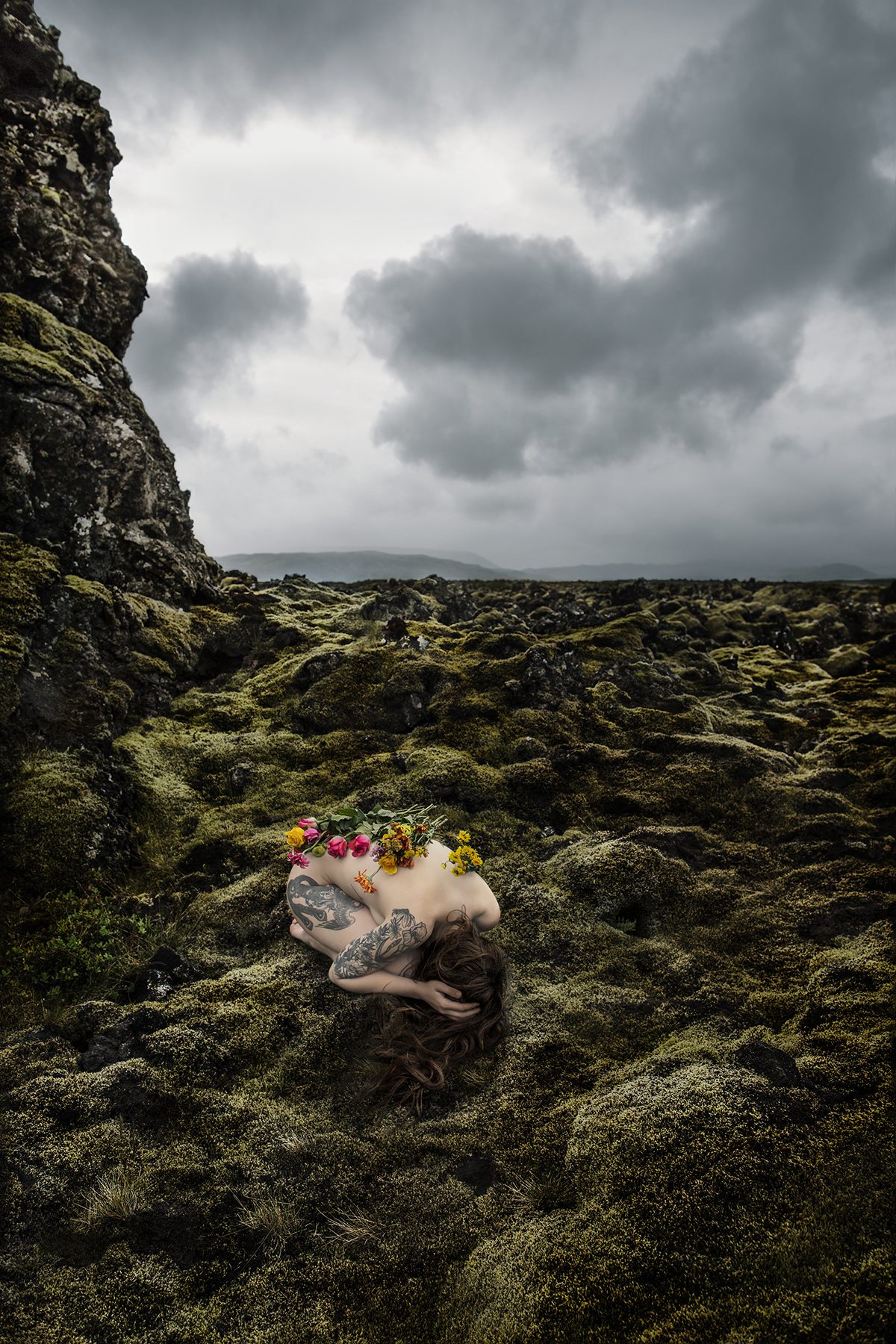




 While many of the top one per cent choose to base themselves in traditional ski-in, ski-out
While many of the top one per cent choose to base themselves in traditional ski-in, ski-out







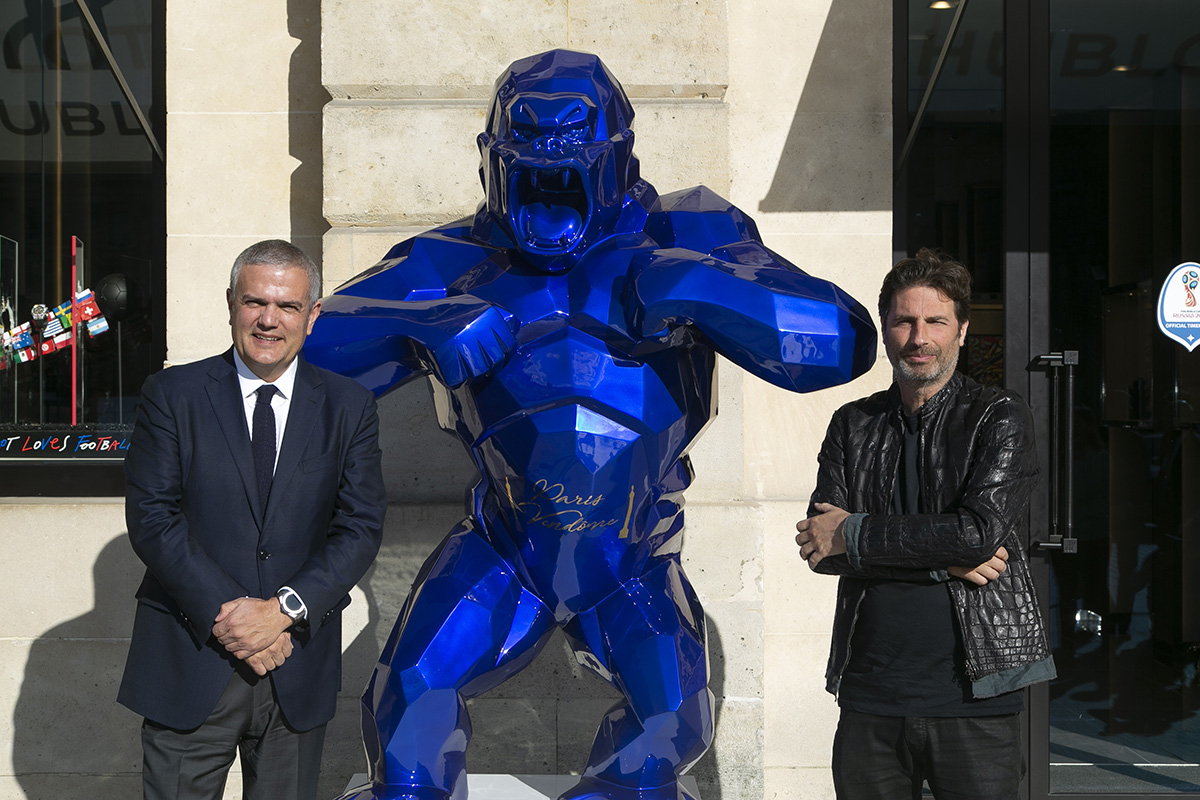
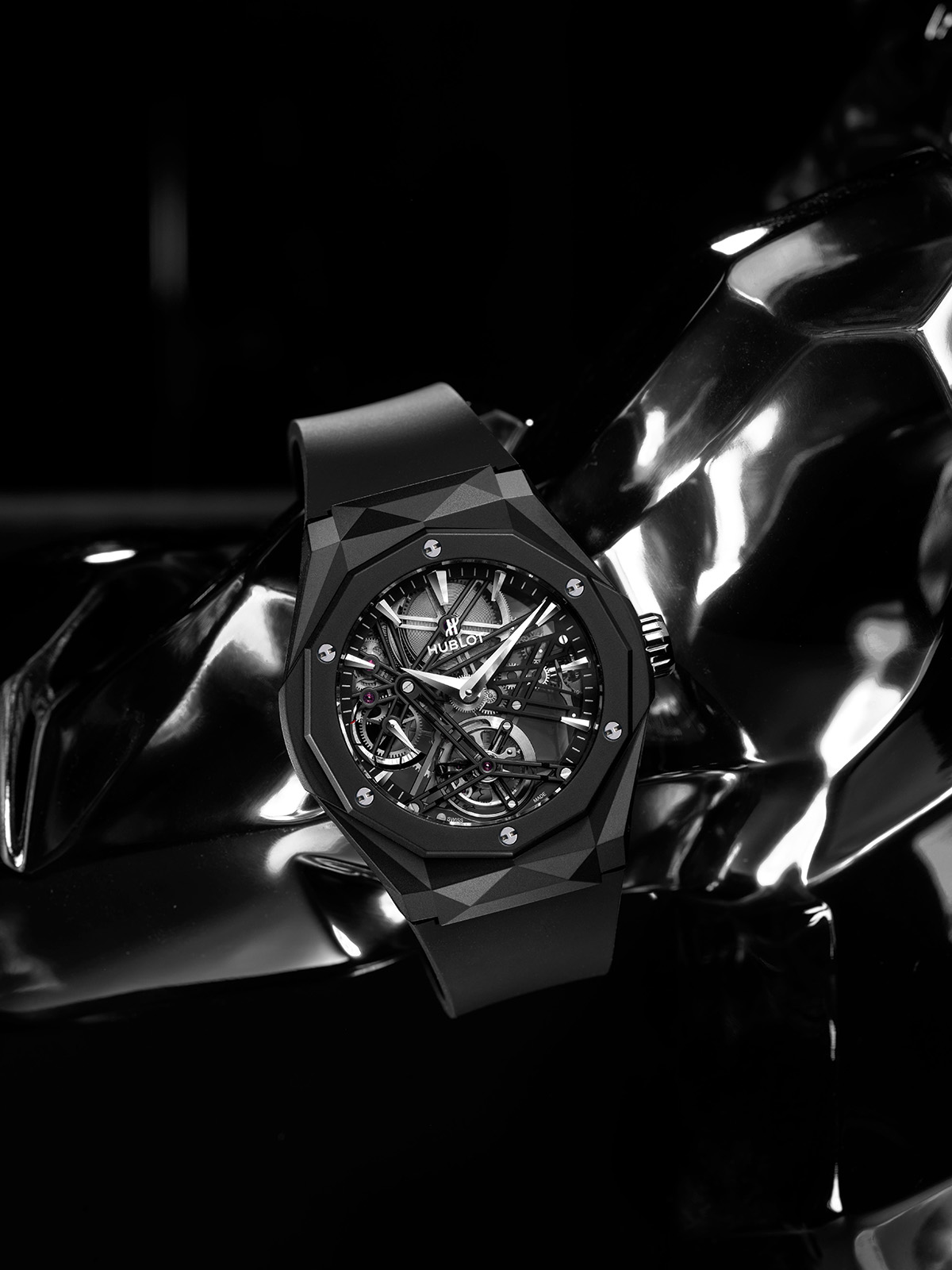





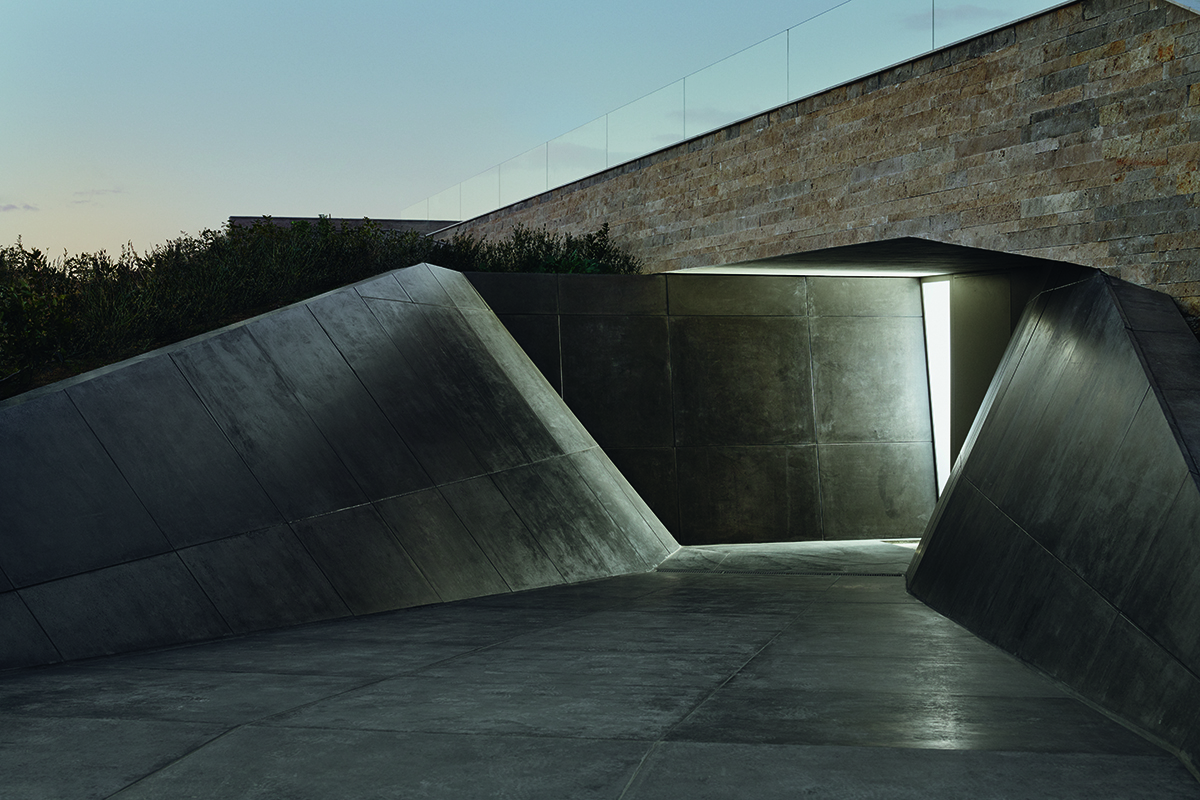





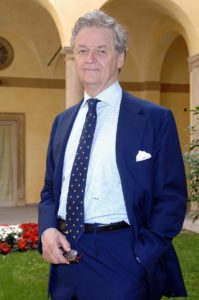










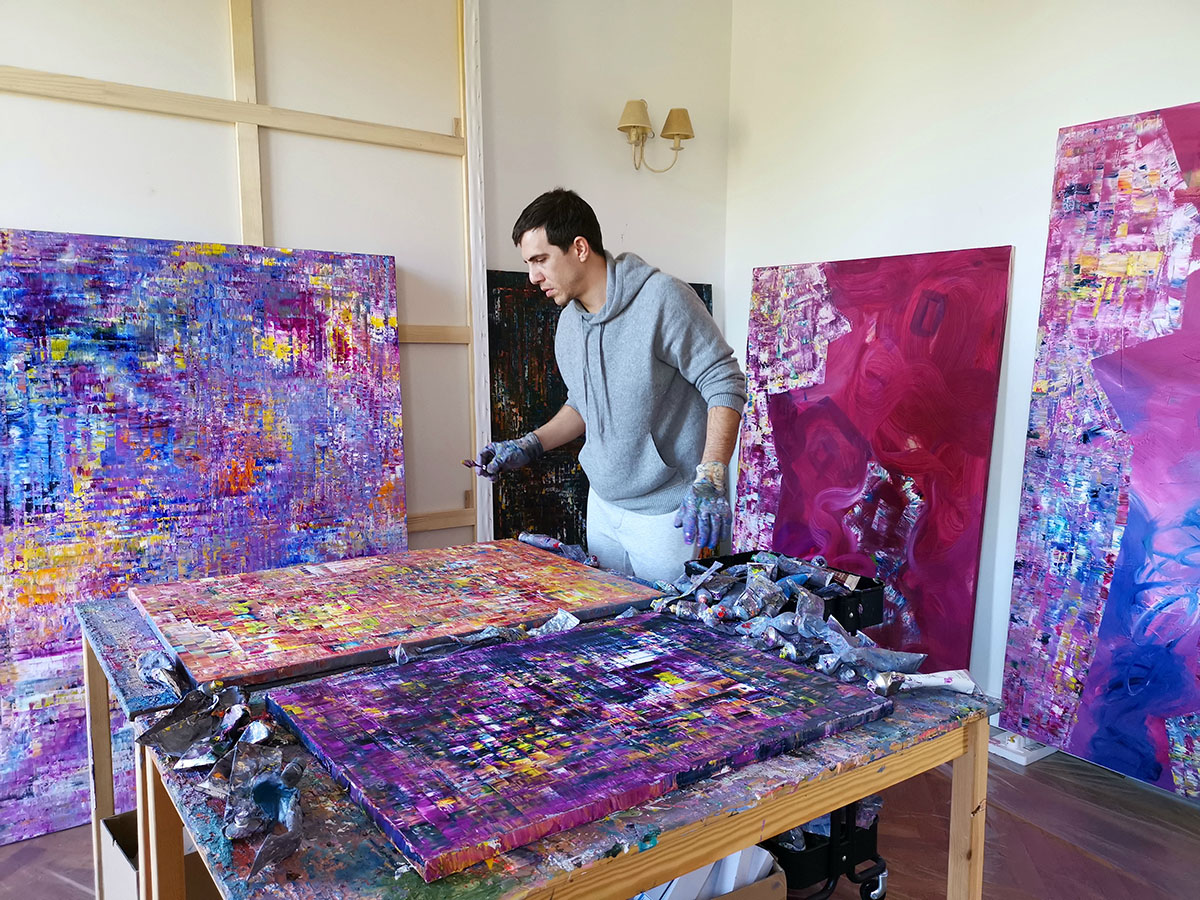














 In an age when we are valuing experiences over objects, a cookery class voucher is a welcome gift. Raymond Blanc’s cookery school in Oxfordshire is just across the hall from his bustling kitchen that serves Le Manoir’s restaurant, but the ambience is markedly different. Here is the kitchen of your dreams, fully equipped with state-of-the-art Gaggenau hardware in fine wood cabinets. The school channels Blanc’s culinary DNA through its director,
In an age when we are valuing experiences over objects, a cookery class voucher is a welcome gift. Raymond Blanc’s cookery school in Oxfordshire is just across the hall from his bustling kitchen that serves Le Manoir’s restaurant, but the ambience is markedly different. Here is the kitchen of your dreams, fully equipped with state-of-the-art Gaggenau hardware in fine wood cabinets. The school channels Blanc’s culinary DNA through its director, 
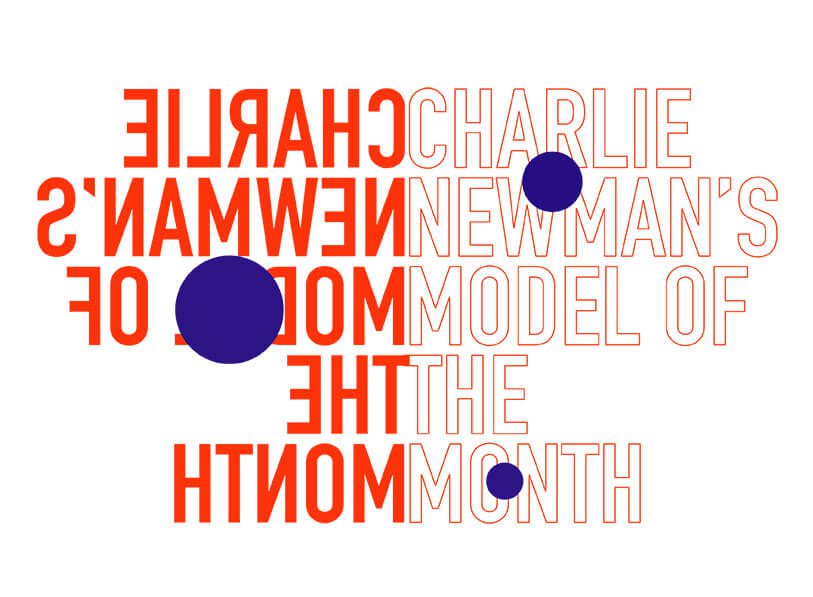



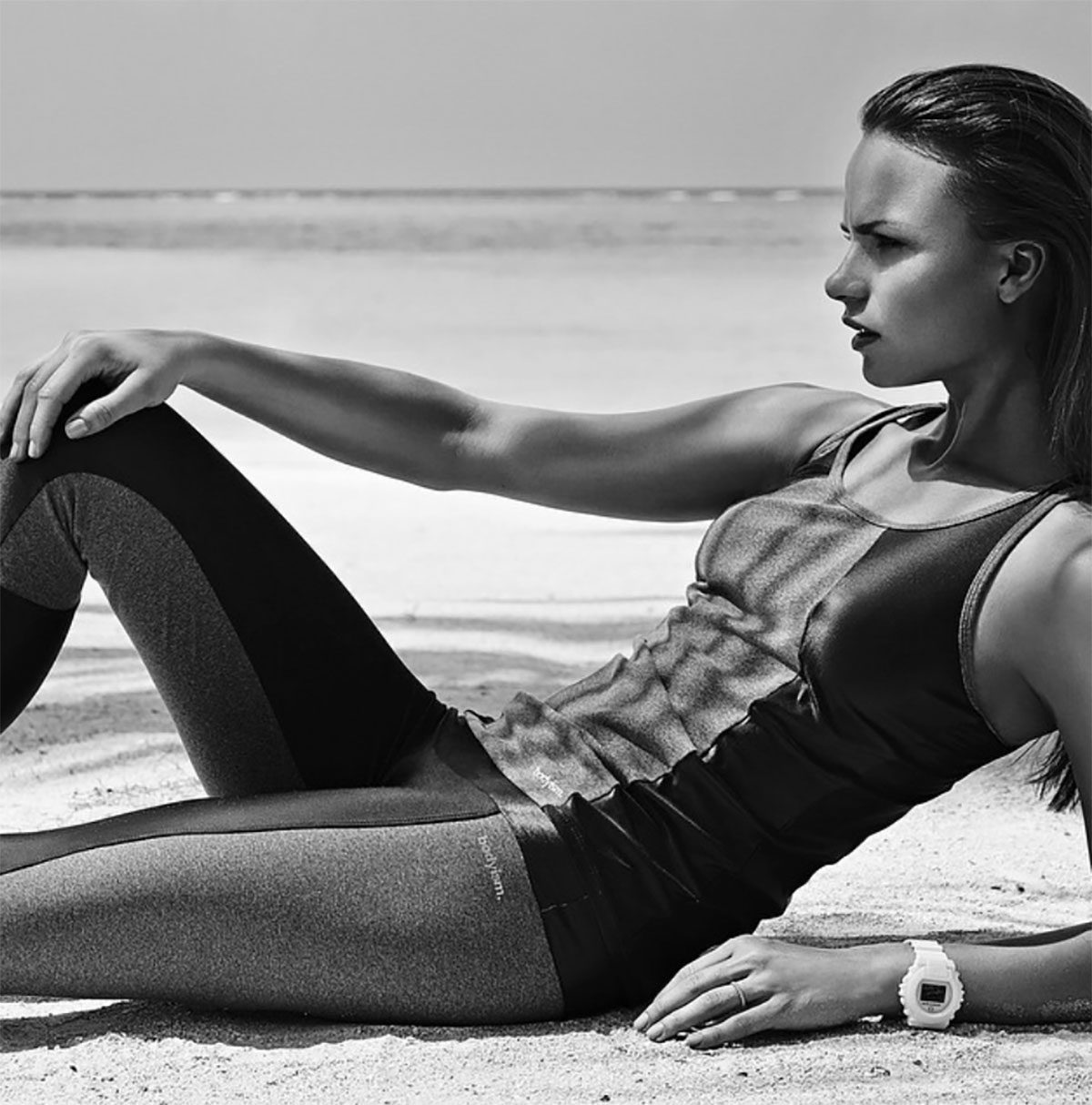



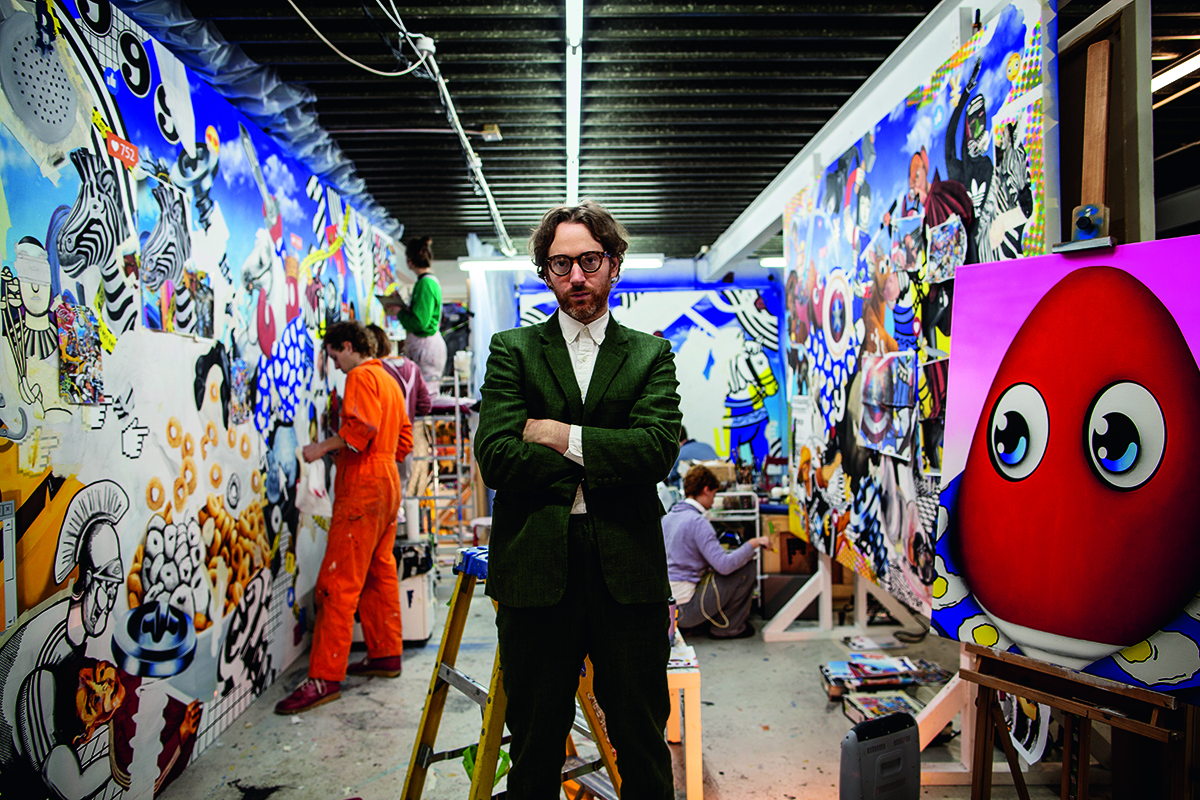


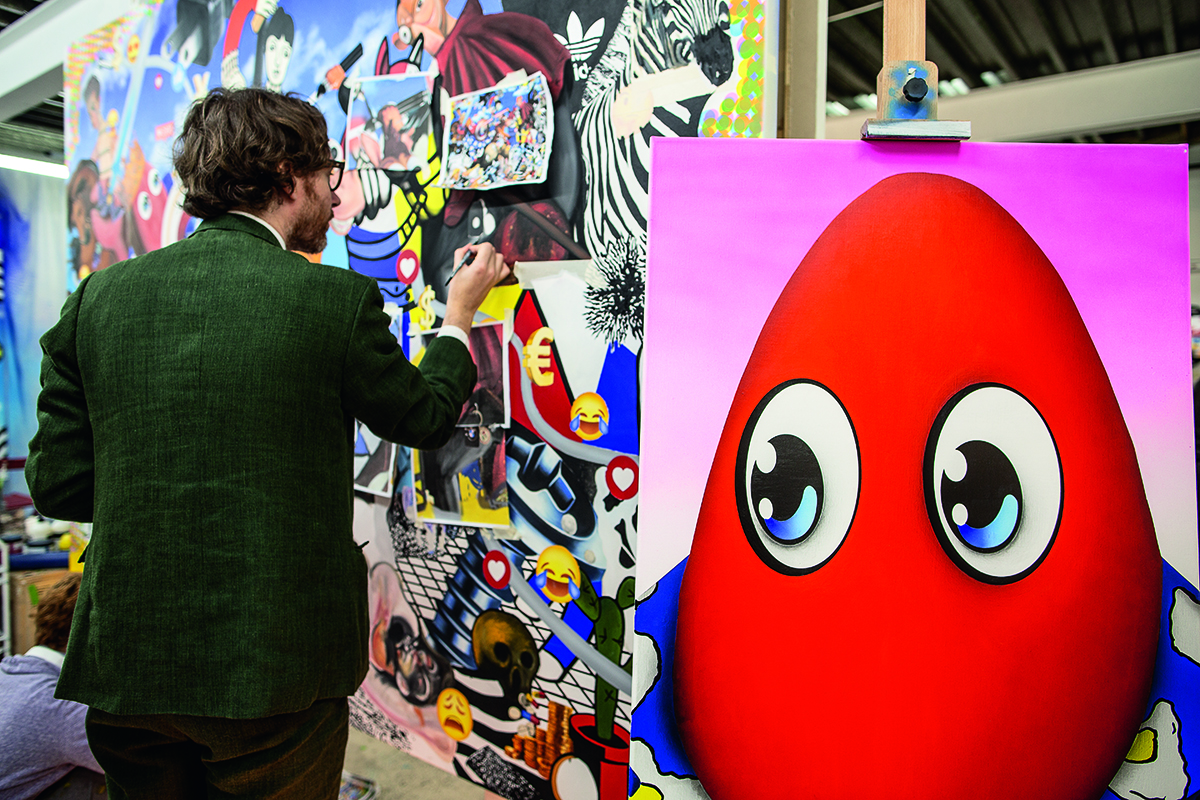
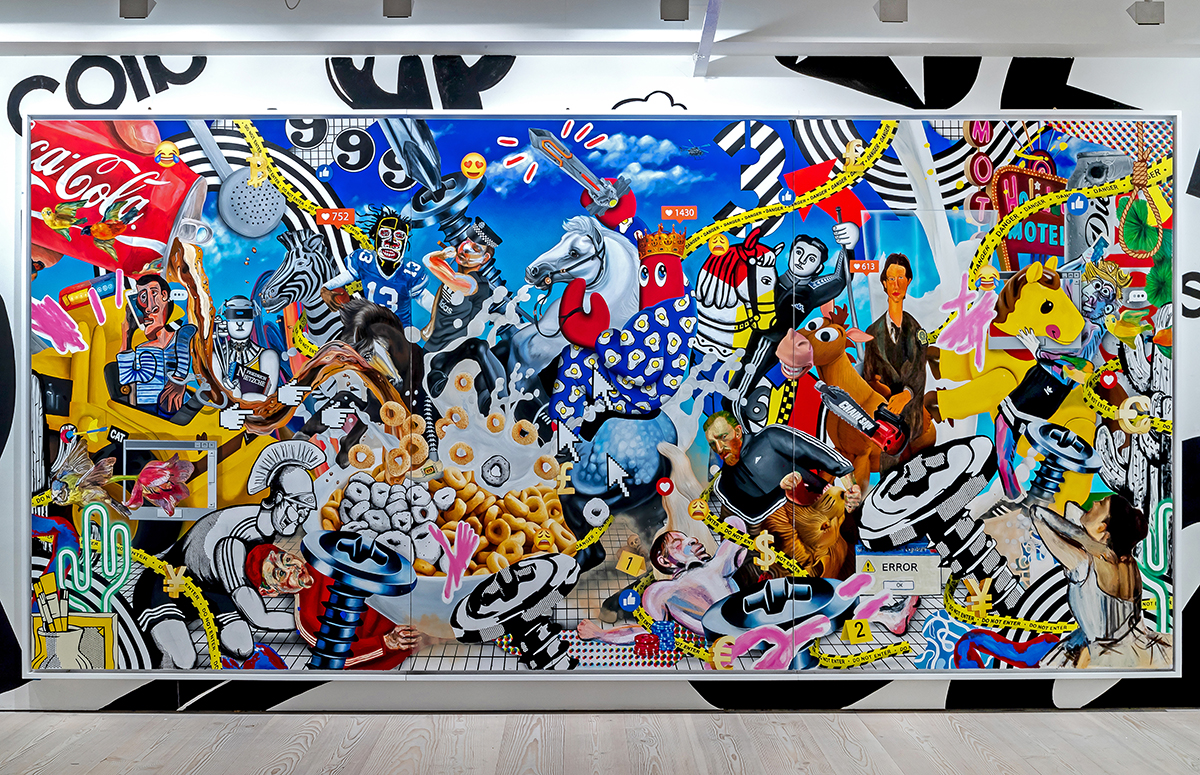






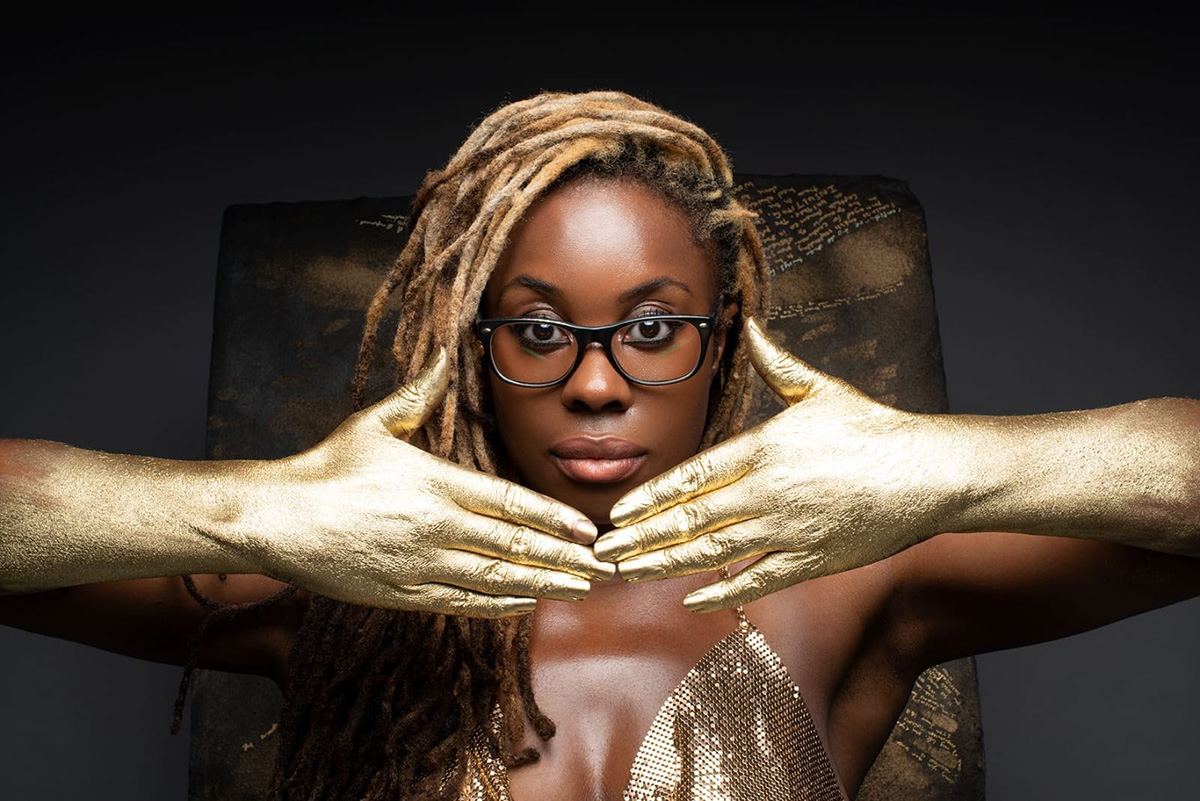








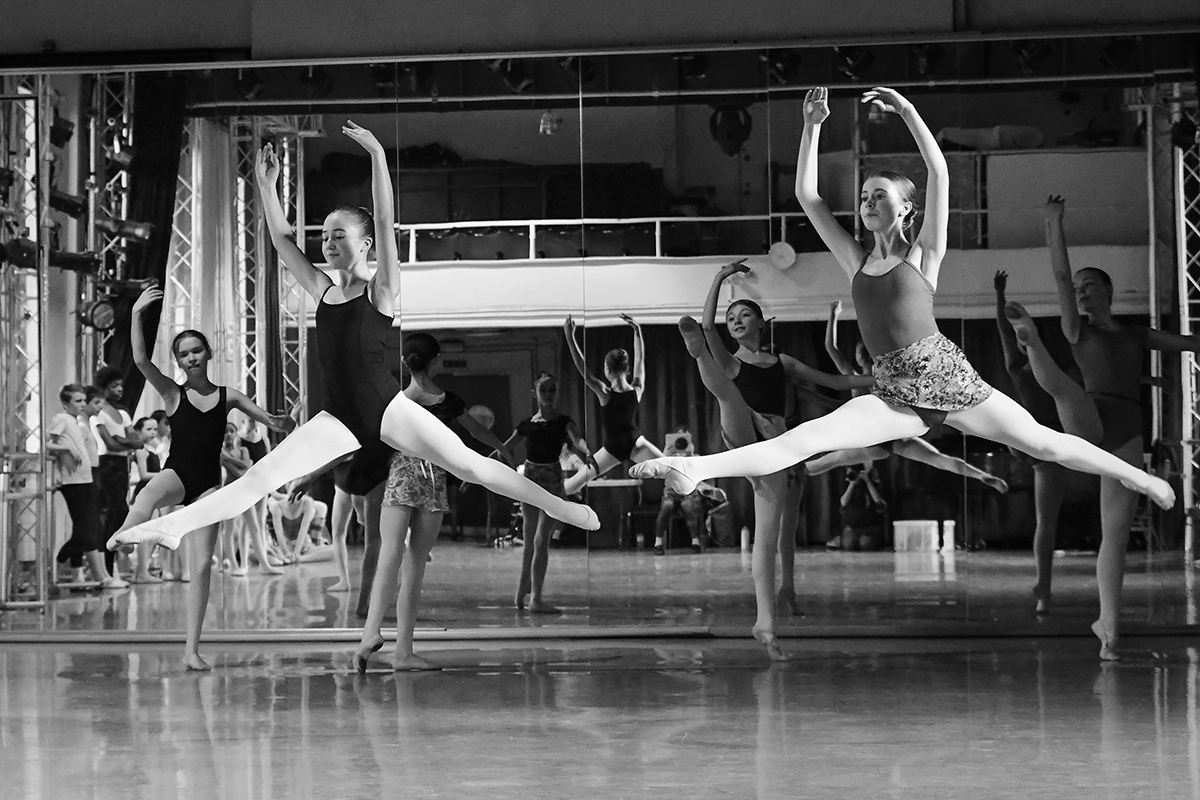







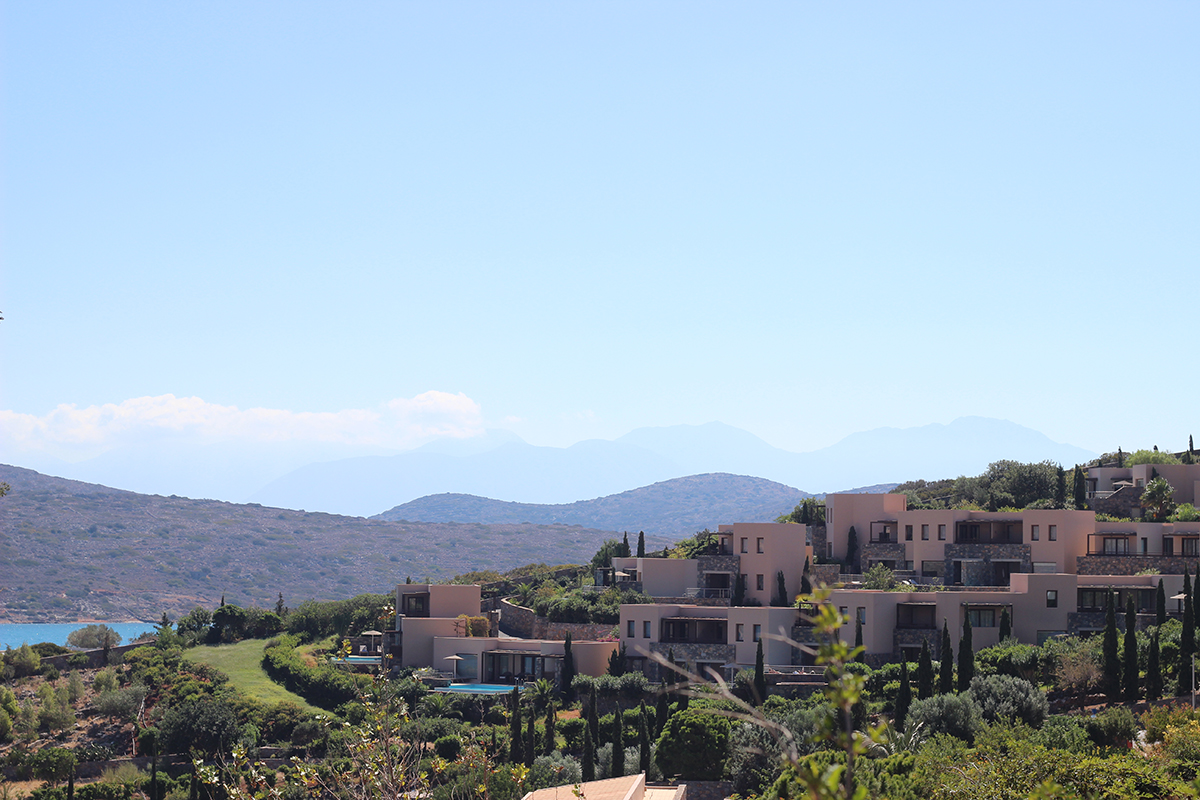






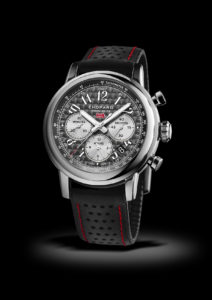




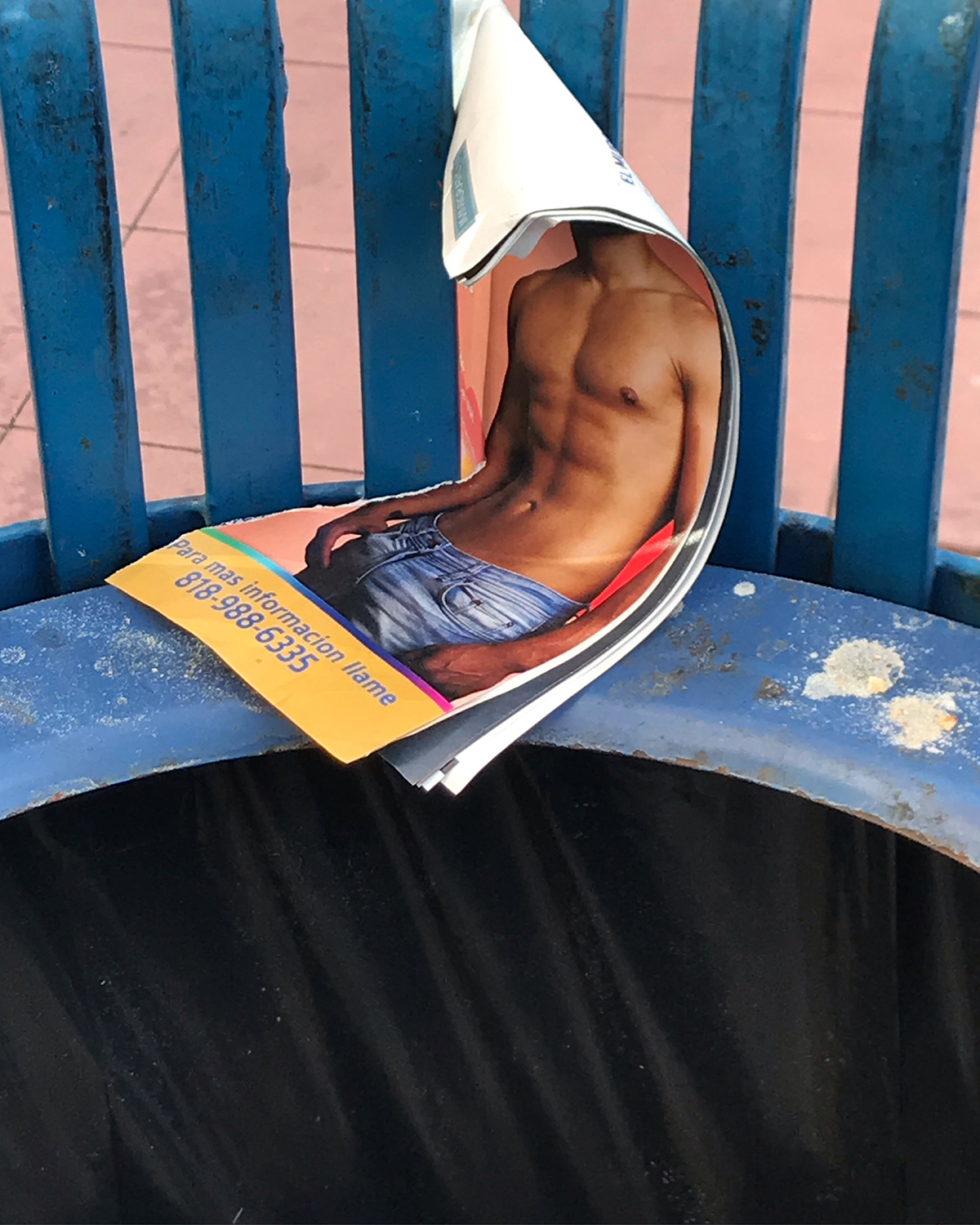






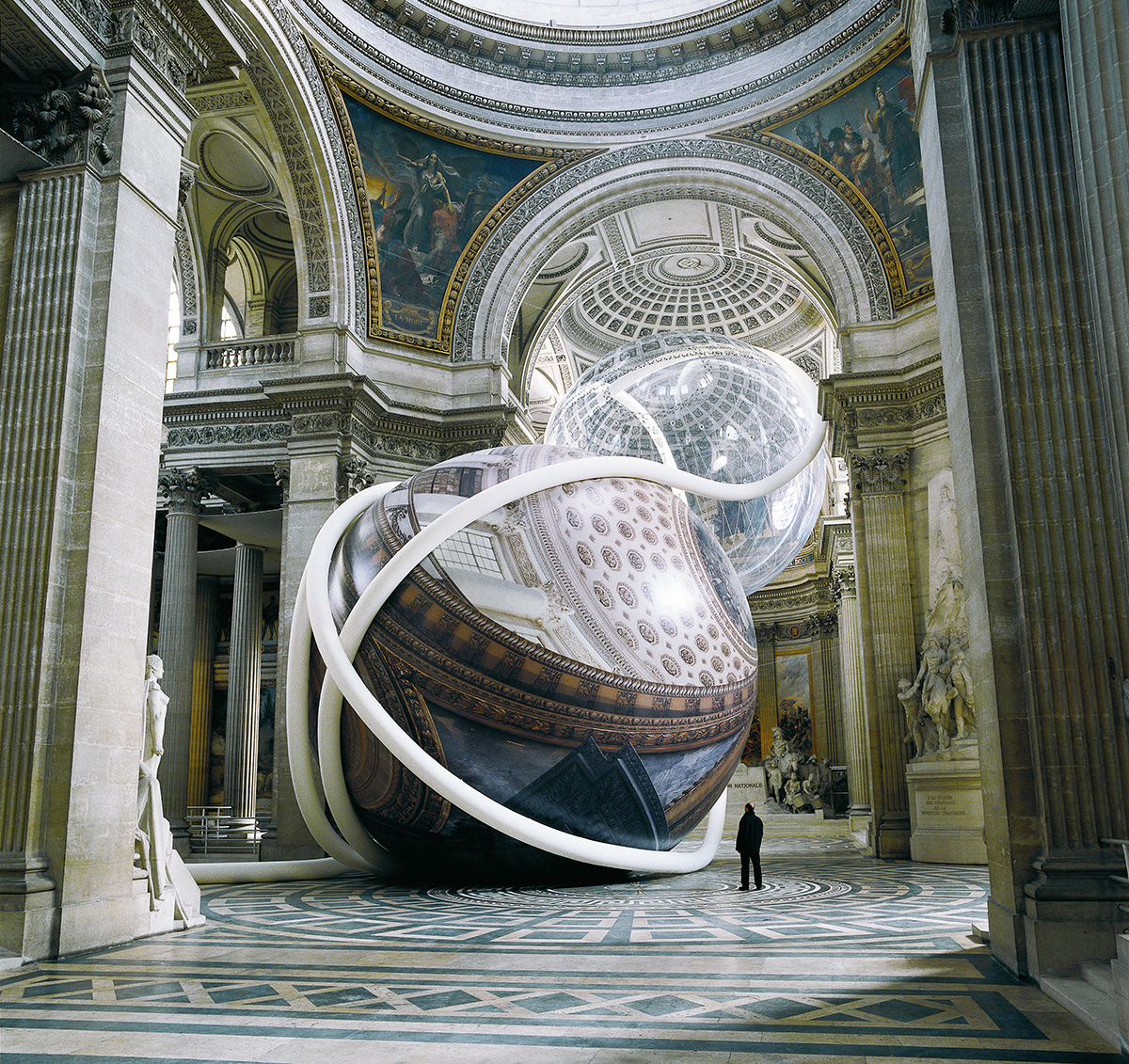


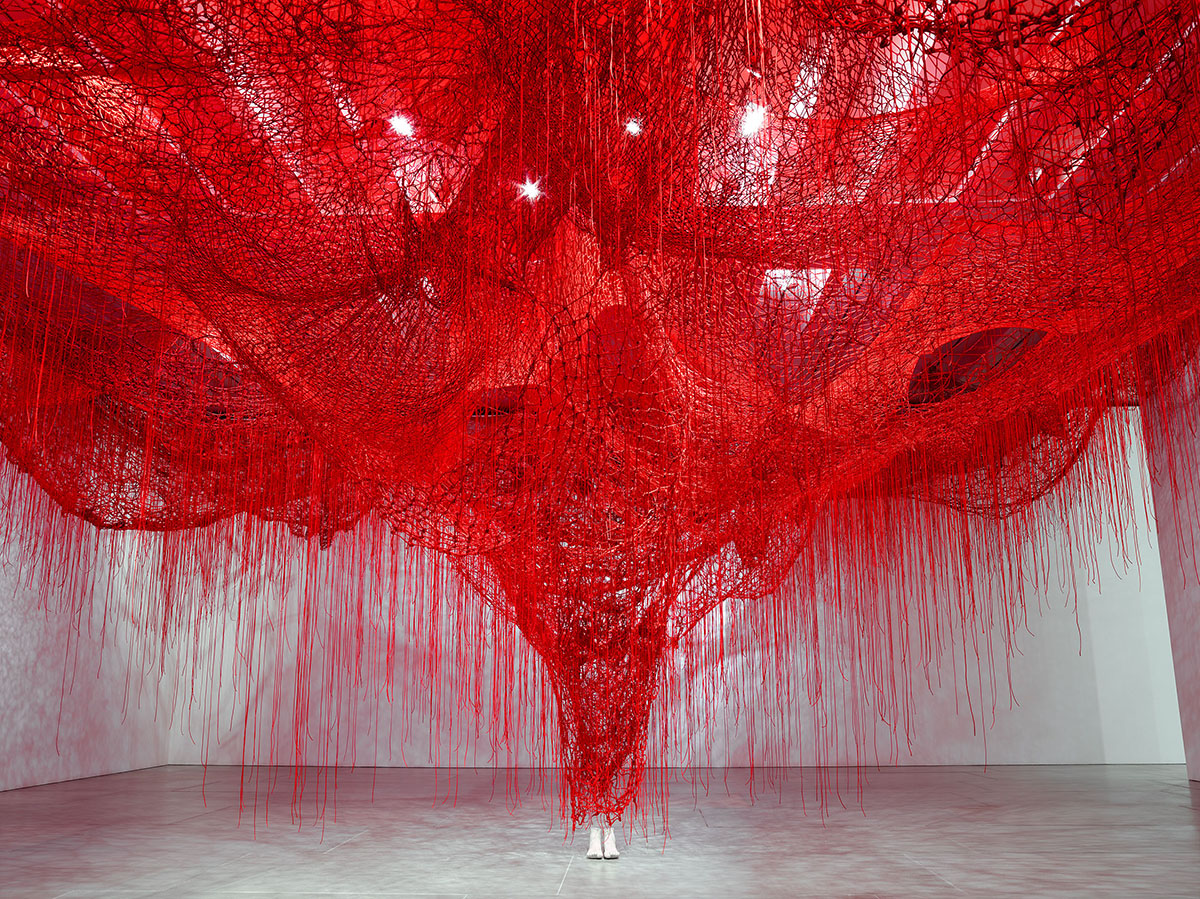















Recent Comments